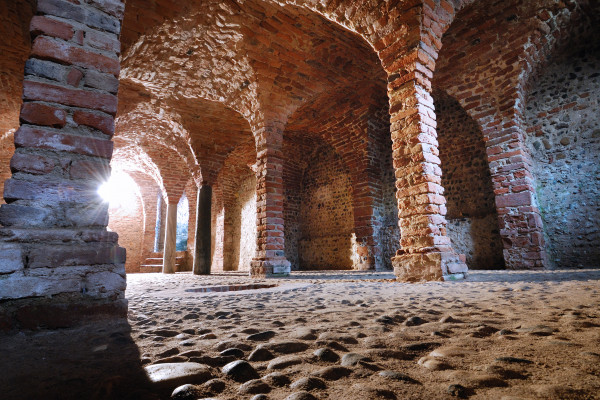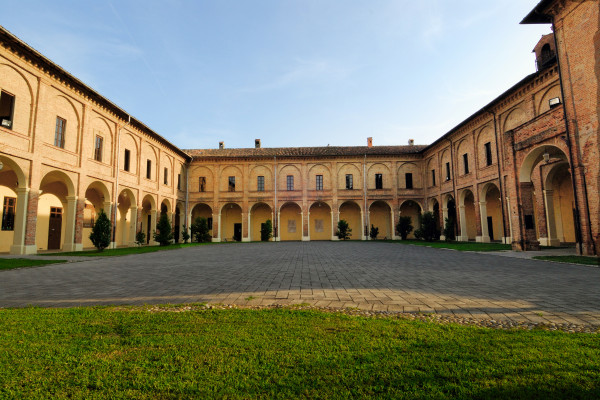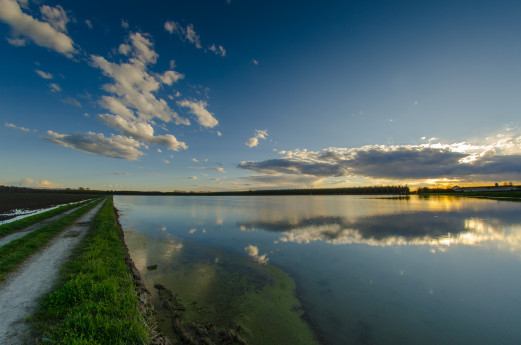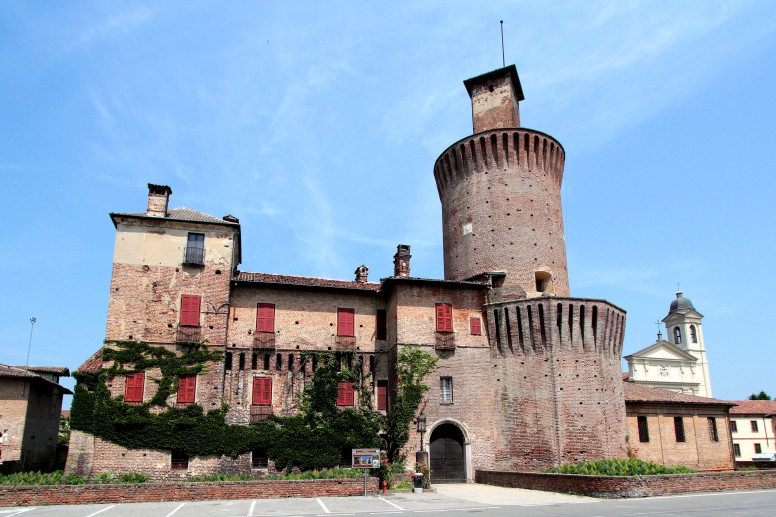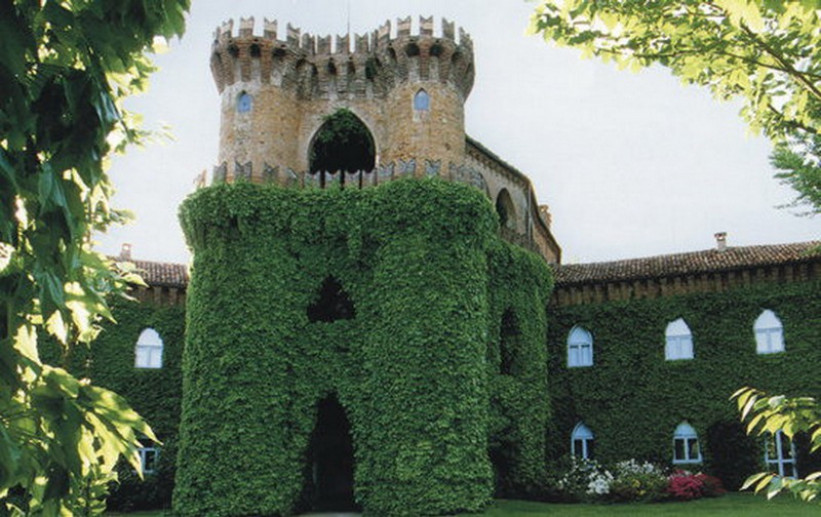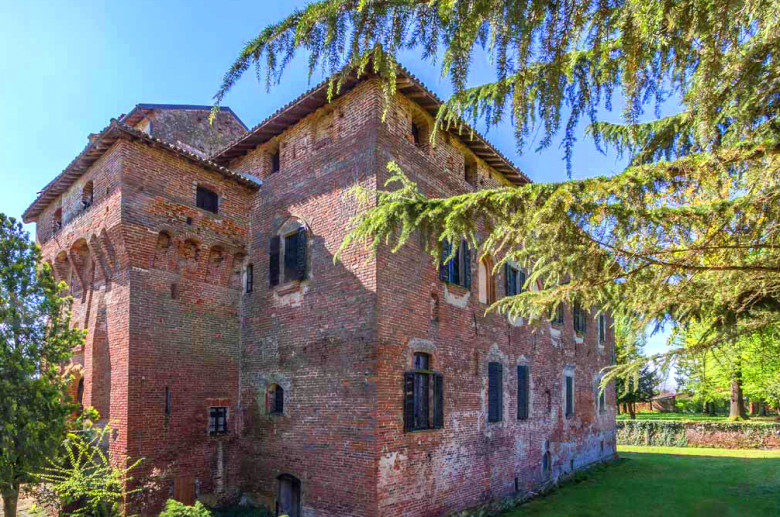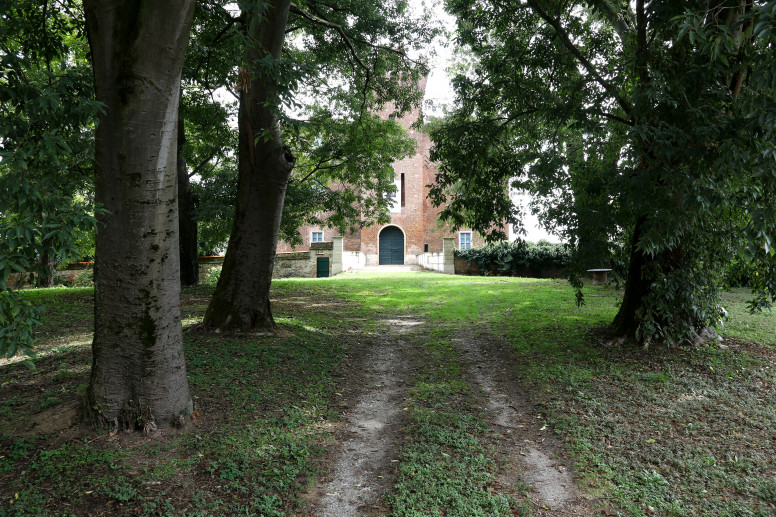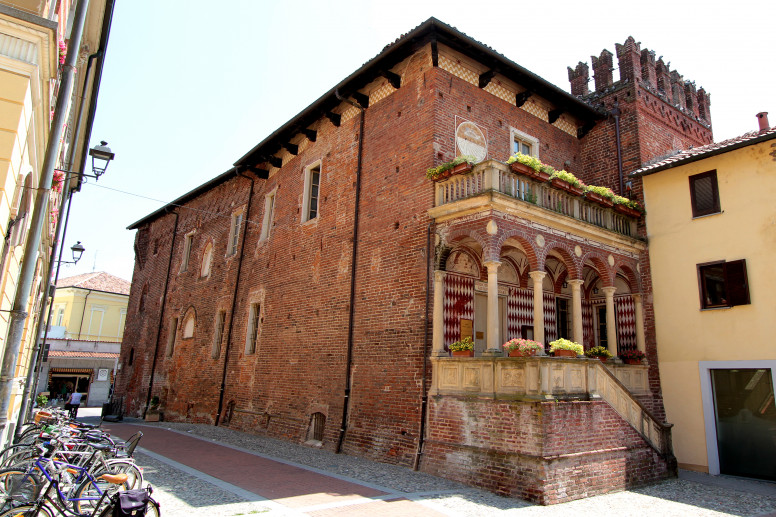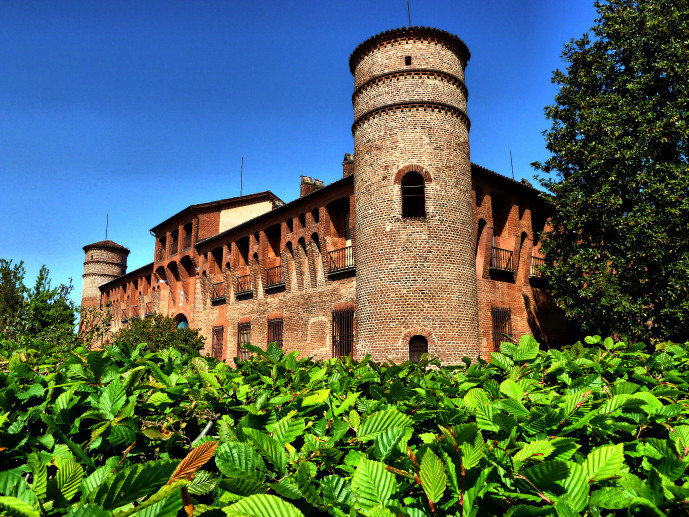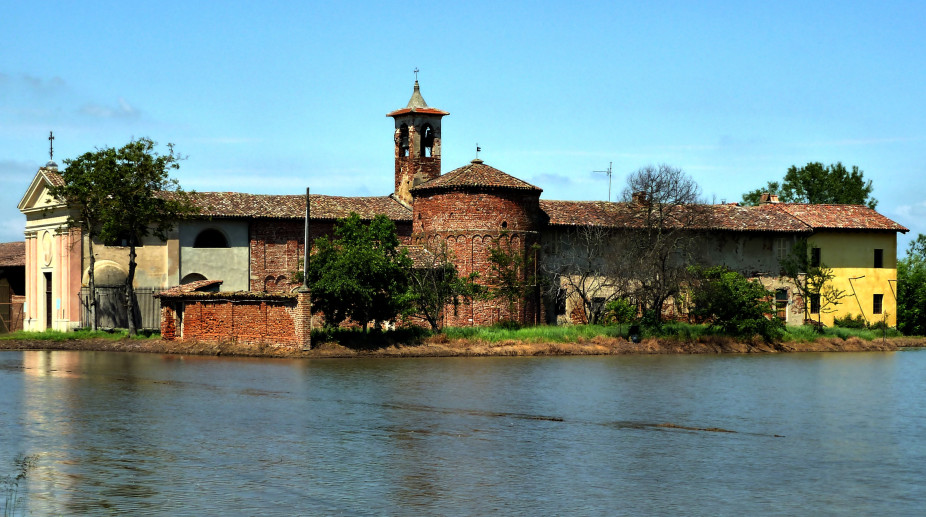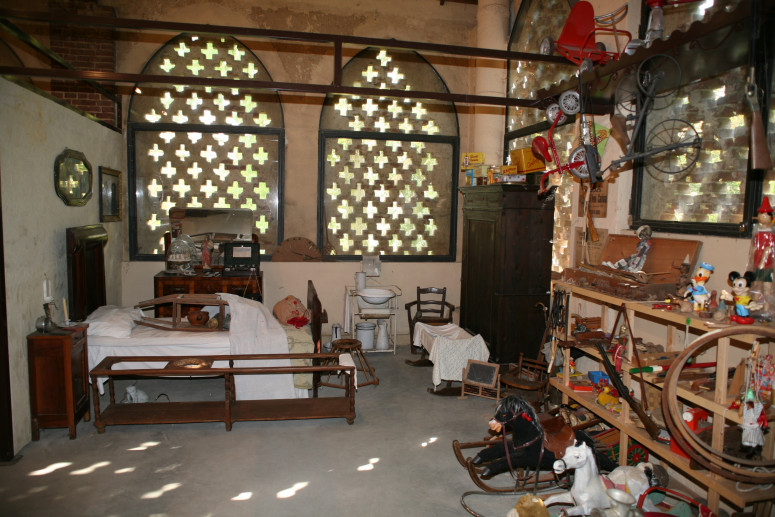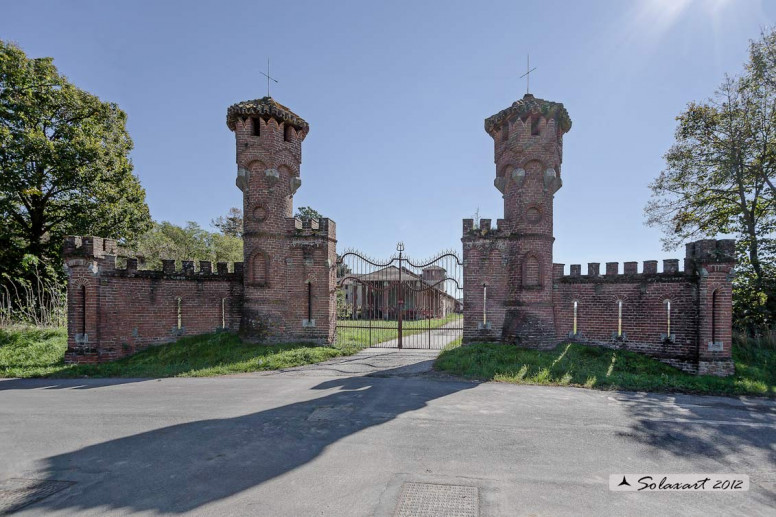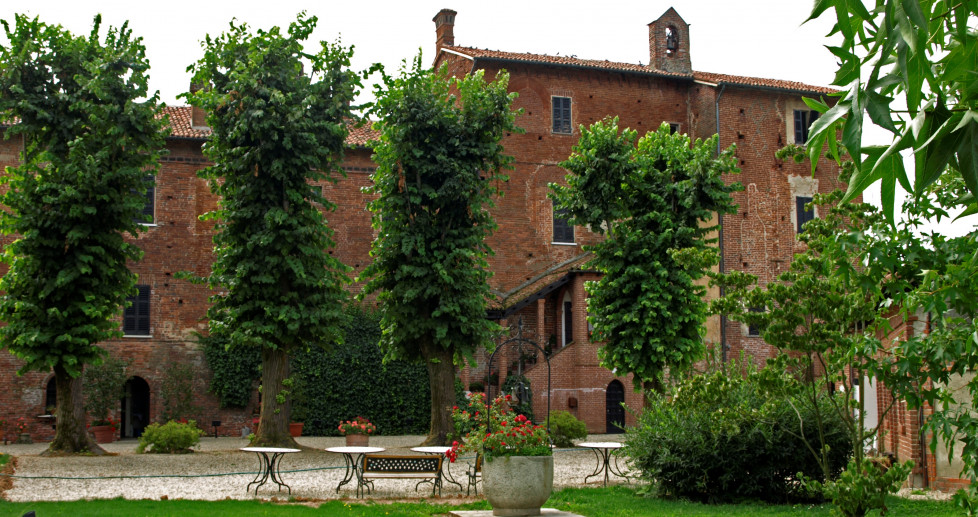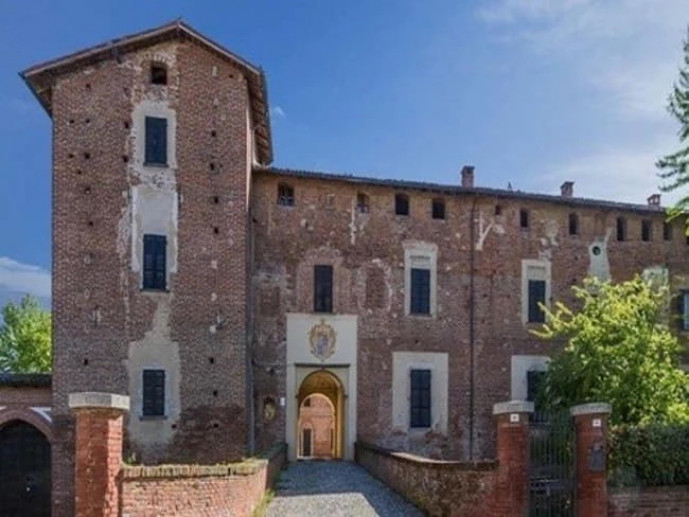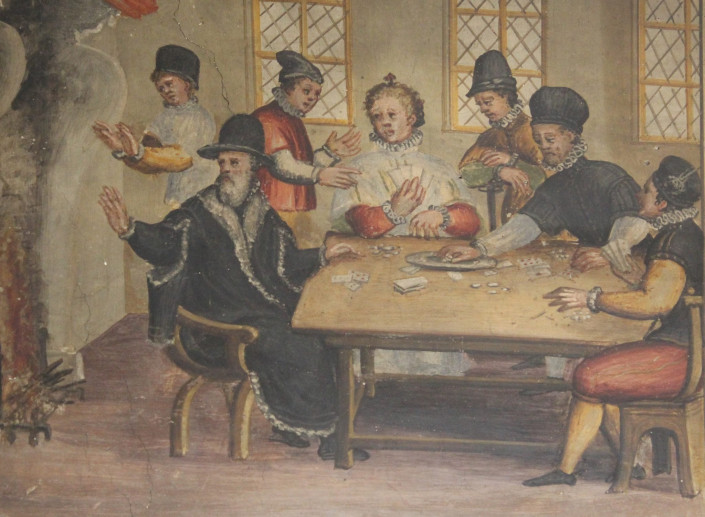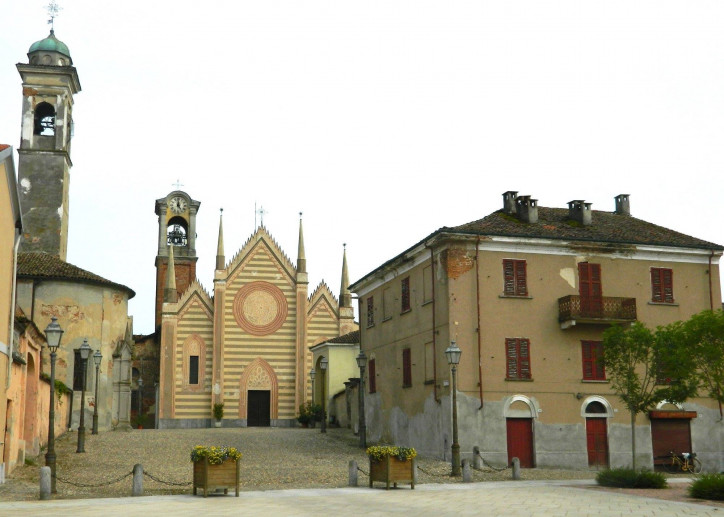- Villages
- Art & Culture
- Active & Green
Breme
A small medieval village rich in history at the confluence of the Po and Sesia rivers in Lomellina
The Municipality of Breme, a destination for numerous visitors, boasts among its treasures the Abbey of San Pietro and its crypt, both built at the beginning of the 10th century by the Benedictine abbot Donniverto, who came from the renowned Abbey of Novalesa in the Upper Susa Valley.
From the 10th to the 13th century, the Abbey of San Pietro was one of the most important in Europe. Other noteworthy sites include: the 8th-century baptistery, the 16th-century kitchen and refectory, the Church of Santa Maria Assunta (10th–16th centuries), and the Chapel of Santa Maria di Pollicino (10th–16th centuries).
Located on the right side of the church, the baptistery is a jewel of Early Christian Romanesque architecture. Its exterior is polygonal, built in brickwork mixed with river pebbles, visible in places where the plaster has crumbled away. The vault is pierced by a small lantern of later construction. On the eastern side stands a small apse, now part of the church, which likely once served as the narthex, or entrance area, to the baptistery. The interior—now dedicated to Saint Barnabas—underwent major restoration between 1896 and 1898 under the supervision of Provost Don Giovanni Battista Amiotti (apparently on the advice of Bishop Monsignor Merizzi). During the restoration, the floor was raised to cover the immersion baptismal font, typical of early Christian baptisteries, and a wall was opened to connect it to the church. The entire structure was given a Neoclassical character.
The crypt, oriented like all pre-Romanesque and Romanesque churches, is divided into three small naves by four cylindrical stone columns and four later brick pillars. The western wall, facing the cloister, along with the brick columns and parts of the vaults above, are of late 18th-century brickwork. Originally, the crypt probably extended for three more bays. The rest of the internal perimeter walls are made of brick mixed with river stones, and the floor is now cobbled. The four stone columns—one of which is white veined marble—were likely spolia, or reused materials, taken from Roman-era buildings in nearby Lomello.
From June to September, visitors can enjoy tastings of Breme’s “Dolcissima” Red Onion (a De.Co. product and part of the Paniere Pavese selection). Nature trails for walking or cycling also start from the confluence of the Po and Sesia rivers.
Not to be missed is the “Rossa De.Co.” Festival, held on the second Sunday of June, which attracts thousands of visitors from across Northern Italy who gather in Breme to enjoy a menu “from appetizer to dessert to ice cream”, all featuring the town’s famous sweet red onion.
